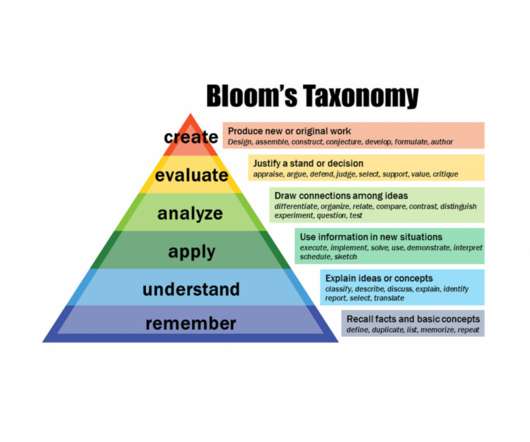Instructional Design Model
Wizcabin
SEPTEMBER 3, 2019
For newbie’s in e-learning to achieve greater success, there’s a need for them to familiarize themselves with the instructional design best practices. With several instructional design models out there, only a few have been widely accepted. The ADDIE Instructional Design Model.




























Let's personalize your content